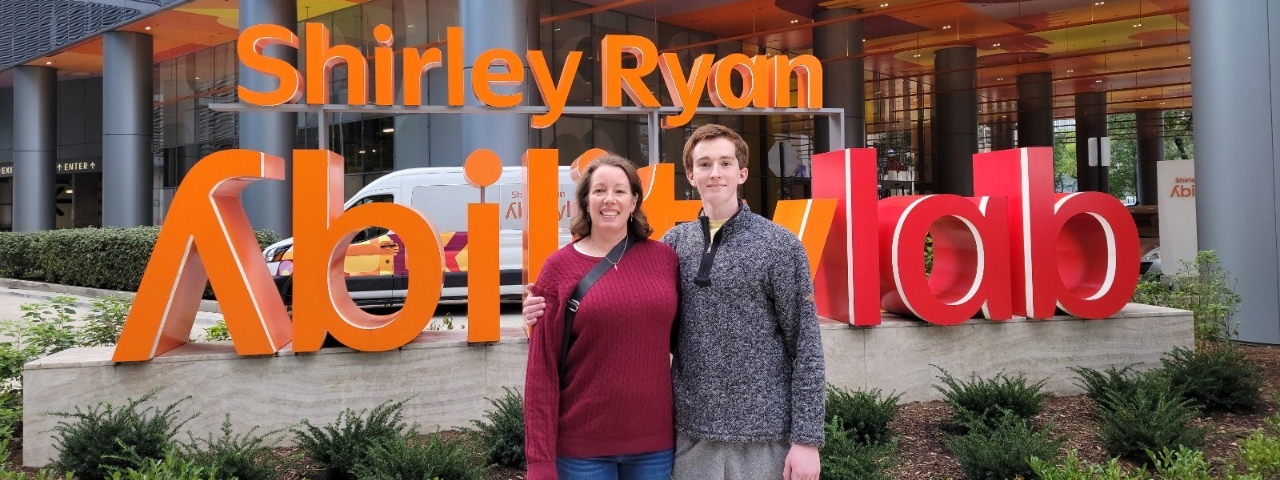Body
The human body was built to defy gravity and allow motion. When the body is upright, bones and muscles stay strong, and the circulatory and digestive systems function more effectively.
However, when illness or injury — such as traumatic brain injury (TBI) or spinal cord injury (SCI) — interfere with a person’s ability to control and move muscles against gravity, muscles can lose mass — and fast. Consider astronauts, who go into space where there is no gravity and can lose 20% of their muscle mass.
Patients who are immobilized due to their illness for long periods of time also can experience muscle loss, just like an astronaut who is not bearing weight and whose muscles are not fighting gravity. Someone on bedrest can lose up to 2% of muscle strength every day, in addition to dealing with challenges associated with their condition.
Gait Training: Using Movement to Preserve & Promote Health
Body
Following a traumatic injury, illness or medical event that impacts movement, the first step in therapy often focuses on bed mobility and using upper-body strength, such as sitting up or turning over in bed, or transferring from bed into a wheelchair.
But, the lower body needs to be challenged as soon as possible after an injury as well. That’s why physical therapists often work with patients on gait training. Gait training is a type of therapy that focuses on anti-gravity muscles to improve the ability to stand up, take steps and even walk.
Retraining the Neuromuscular System Through Movement
Body
Weight-bearing movement and taking steps through gait training increase the potential for recovery — even in those patients with limited or no movement in the legs. Putting mechanical stress on the muscles can help both muscles and the nervous system start working again.
“We now know the more steps you take, the better outcome you will get,” said James Sliwa, DO, Chief Medical Officer of Shirley Ryan AbilityLab.
Gait Training in Physical Therapy to Promote Movement
Body
Depending on the nature and severity of an injury, physical therapists can use various techniques and devices to assist patients with movement:
Gait Belts
If a patient can bear weight, but has trouble with balance, strength and/or endurance, the physical therapist can place a gait belt around the patient’s waist, and then hold onto the belt as the patient takes steps.
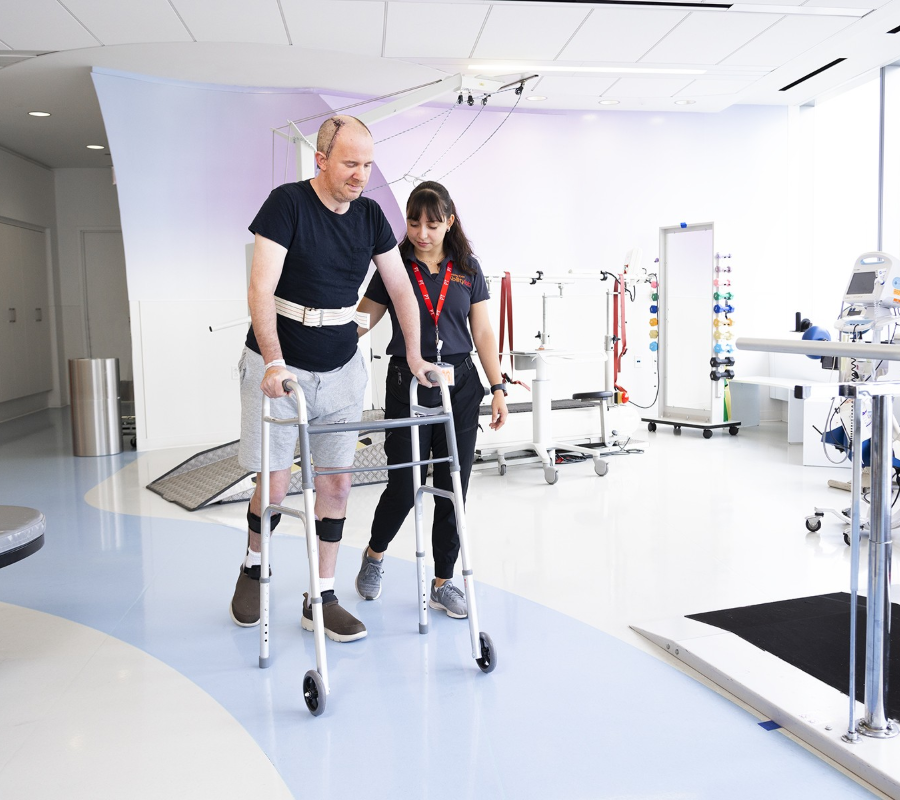
Weight-bearing Harnesses
If a patient has limited ability to stand or walk, the therapist will place the patient into a weight-bearing harness that is attached to an overhead track. Wearing the harness to support the patient’s body weight, the patient can now try taking steps. This weight-bearing harness can be adjusted for varying levels of weight support at the beginning of therapy, as well as throughout healing as the patient is increasingly able to bear more weight on their own.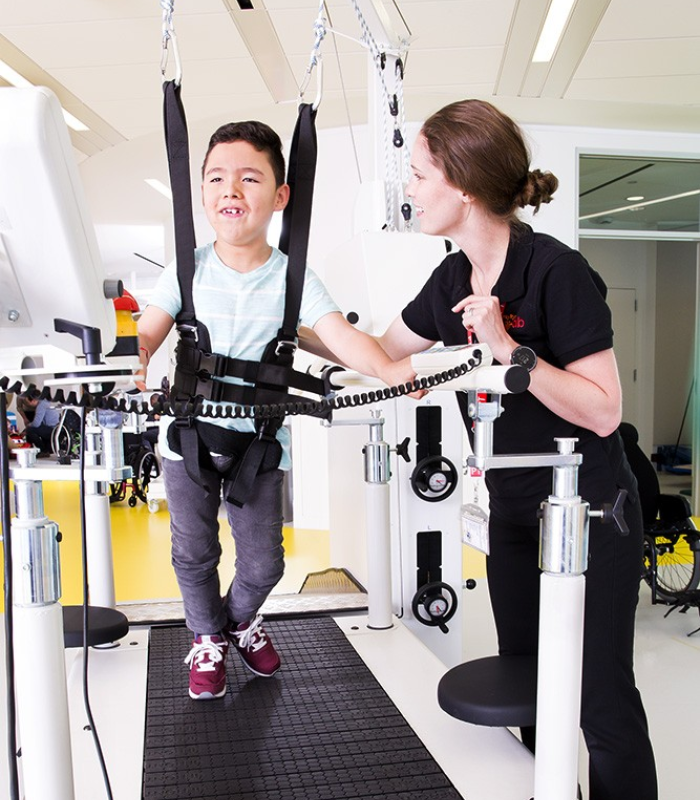
Working Together
If a patient cannot yet advance their legs, their care team may work together to facilitate movement. For example, if the patient is in a weight-bearing harness, a therapist may facilitate advancing the patient’s legs to help begin movement.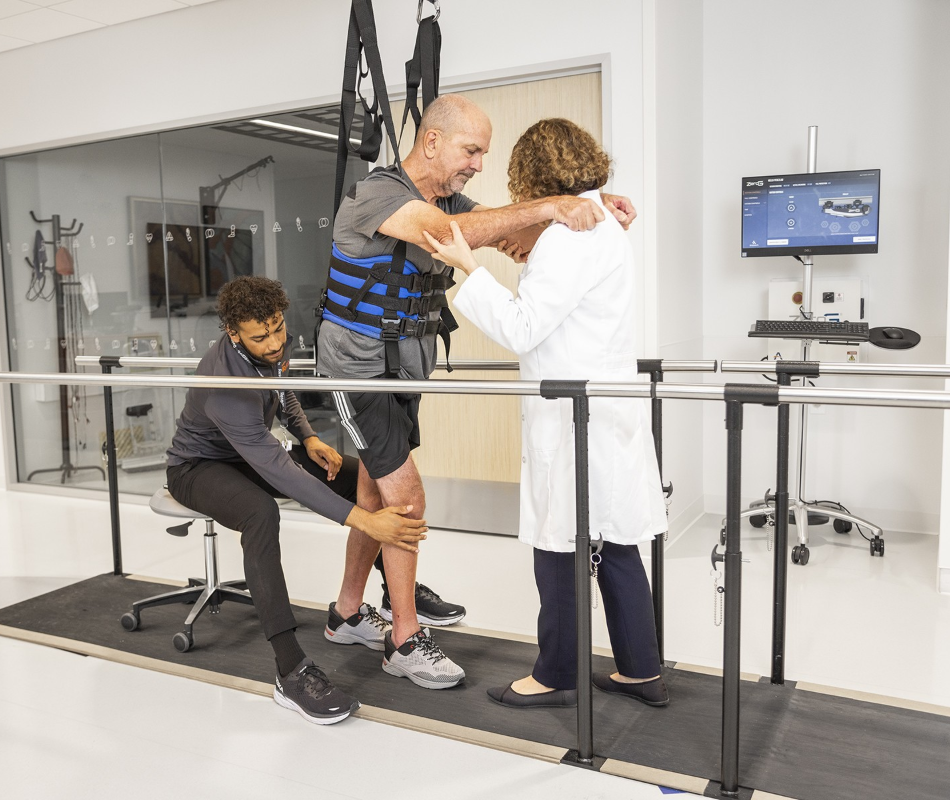
Robotic Devices
Certain conditions, like SCI, inhibit a patient’s ability to move freely because connections between the brain and spinal cord are disrupted or broken. Patients unable to defy gravity on their own might benefit from using robotic devices, such as robotic treadmills and exoskeletons, that use power to enhance or intensify movement. Although the goal for some patients may not be walking, getting patients upright and moving still has health benefits.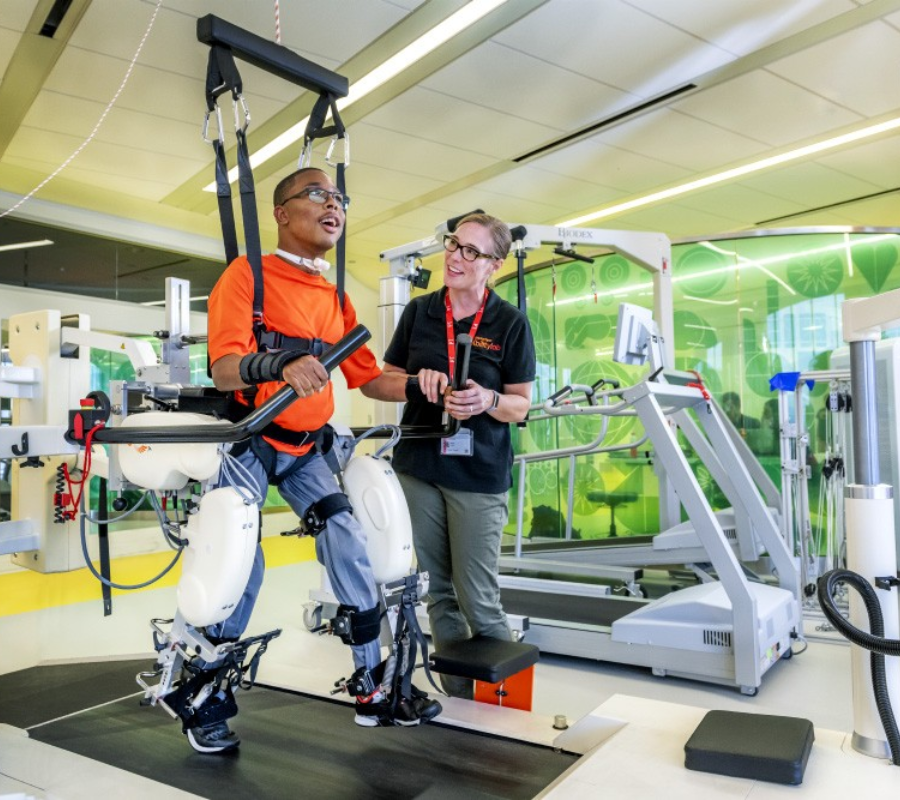
Gait Training & Overall Health
Body
Beyond helping patients recover from injury or illness, gait training plays a big role in supporting a patient’s overall health by helping to strengthen muscles and joints, improve balance and posture, and build endurance. Also, gait training helps patients develop muscle memory and retrain legs for repetitive motion, lowering the risk of falls while increasing mobility.


